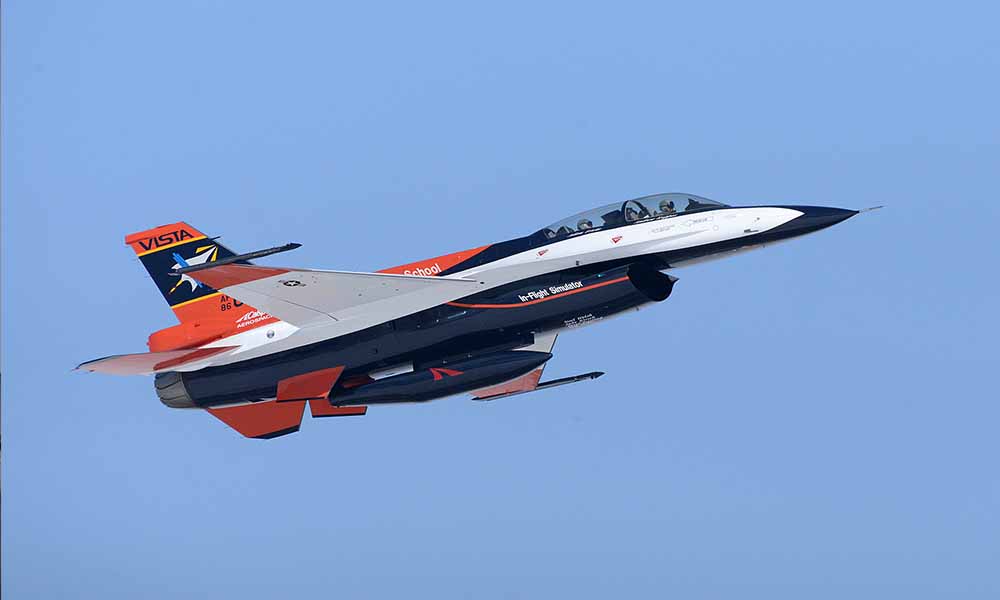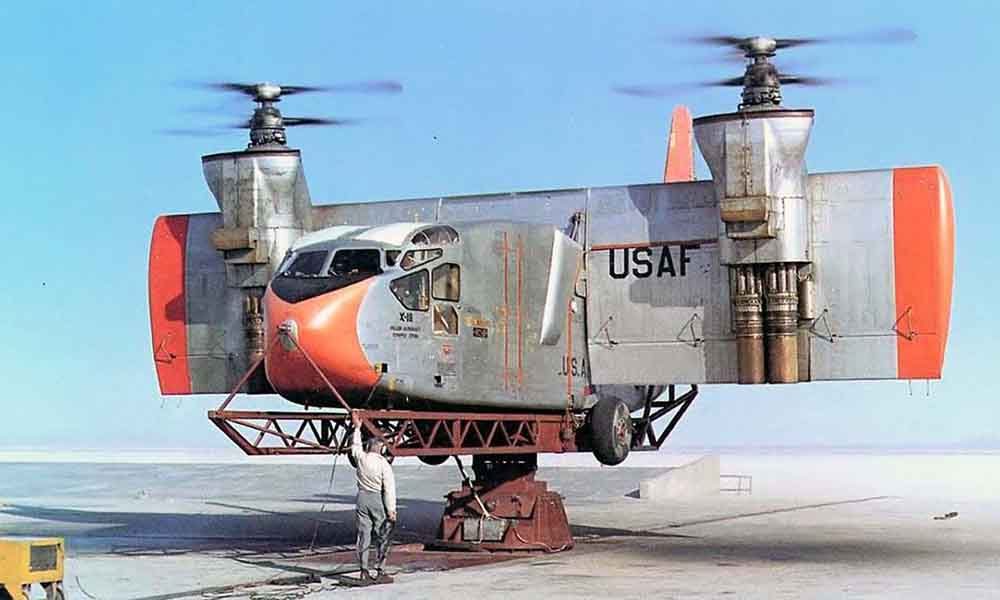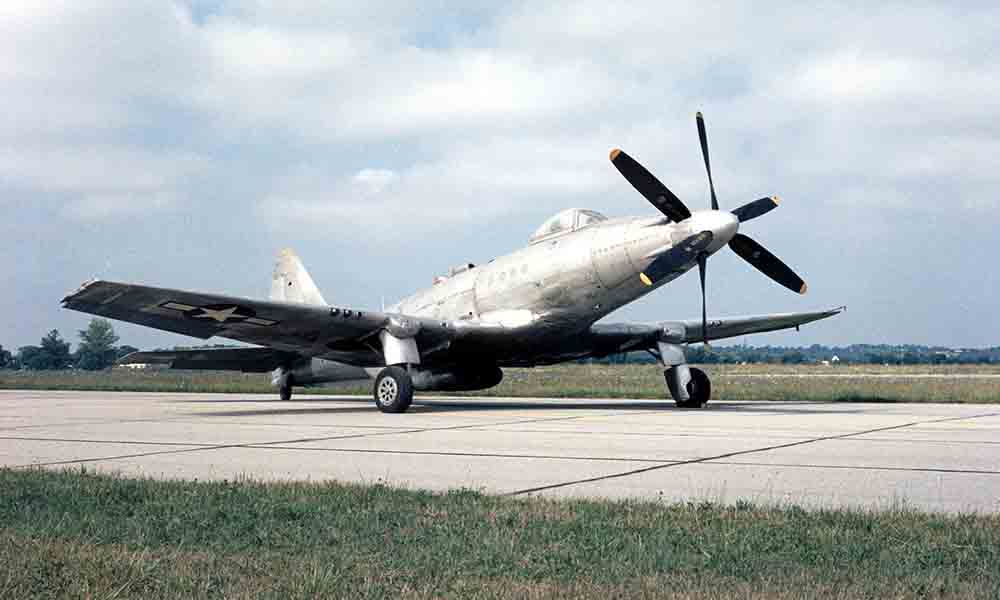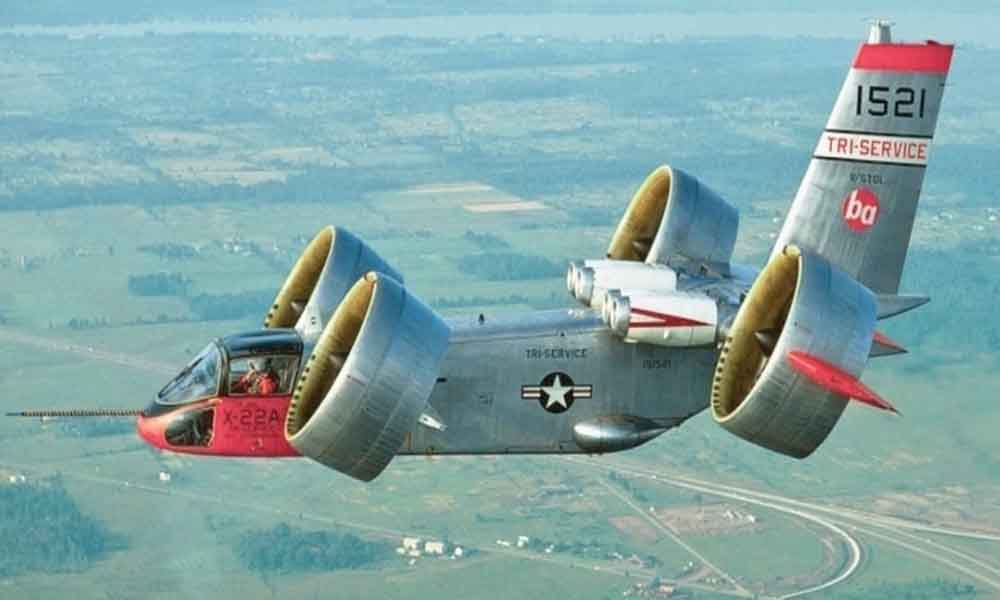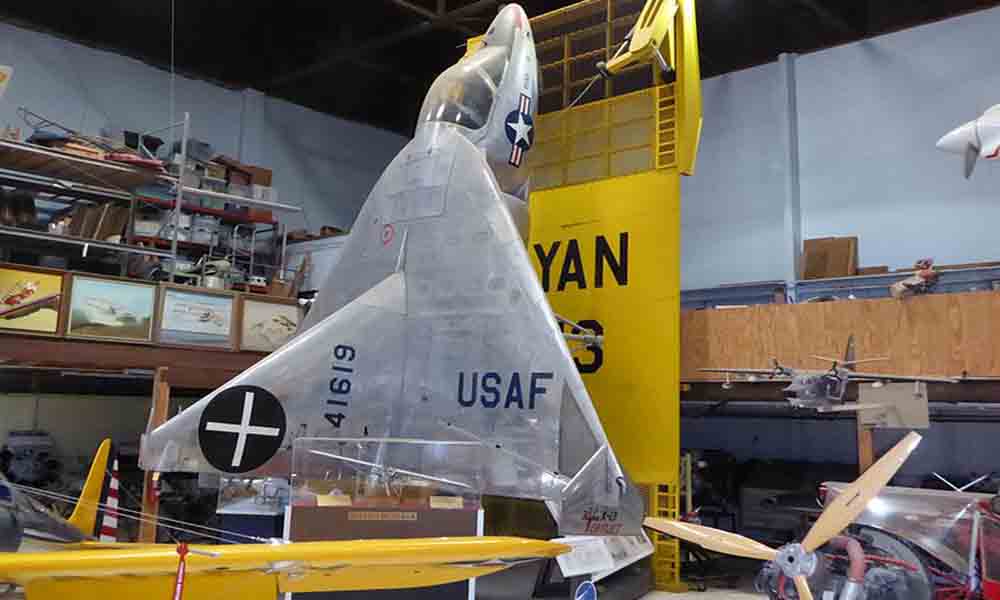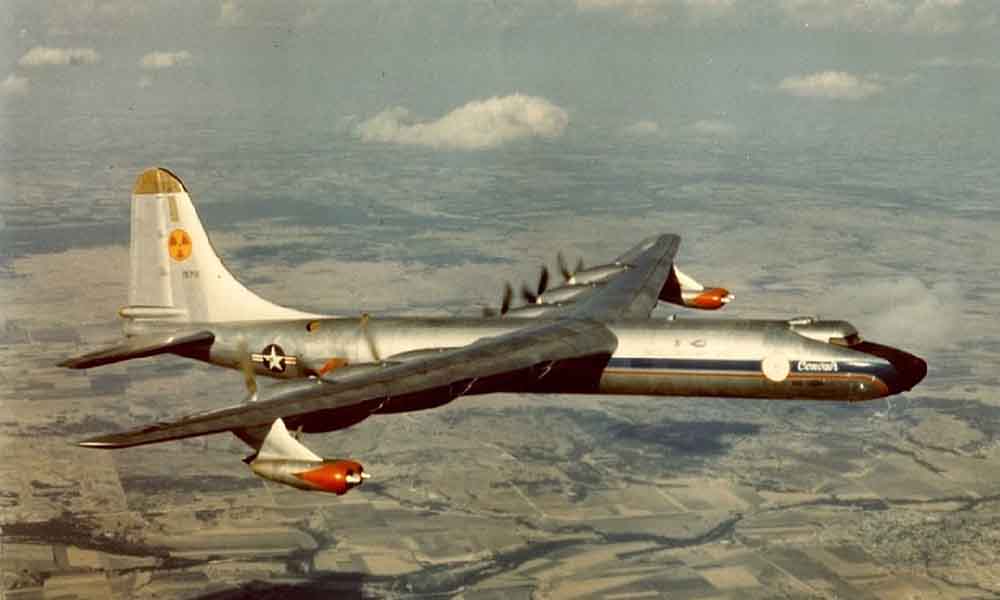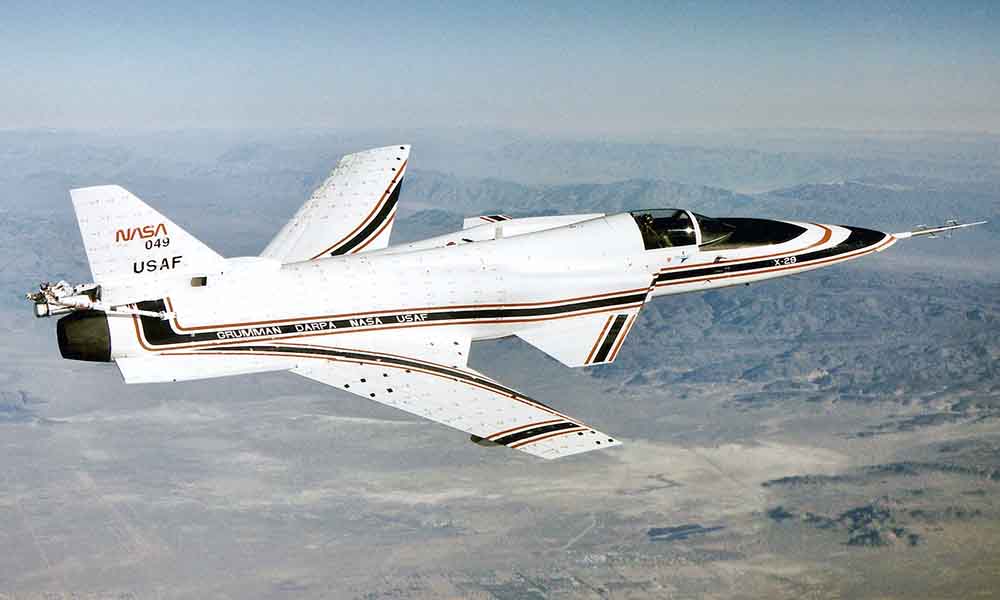Aviation
Airbus vs Boeing Cockpit Functions Comparisons
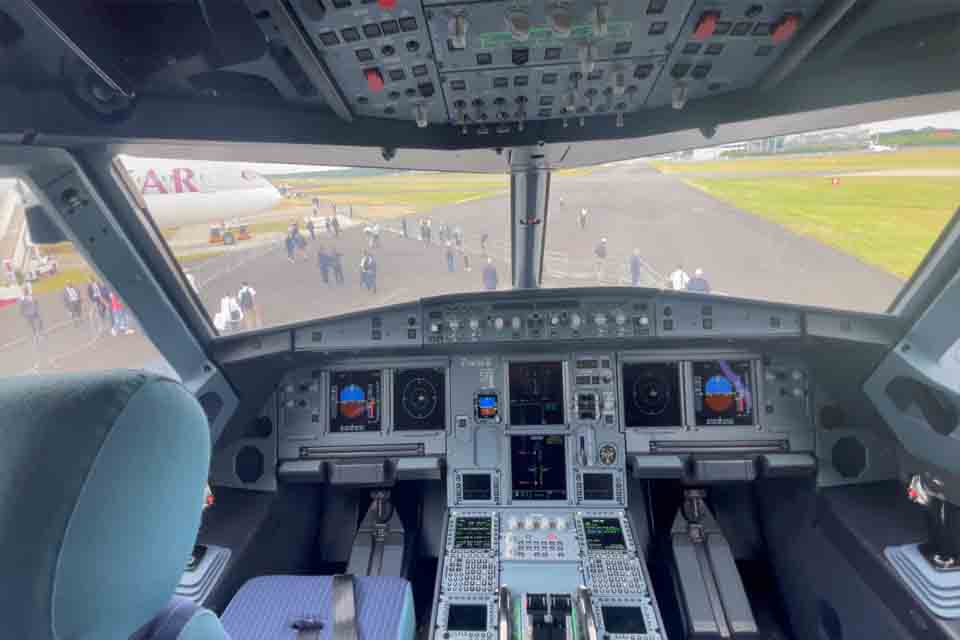
Airbus and Boeing are two of the largest aircraft manufacturers in the world. While their planes may appear similar at first glance, their distinct designs and functions are the result of extensive research and commercial considerations.
In this article, we’ll explore key aspects of both aircraft companies, highlighting their unique approaches and innovations.
Aircraft Cockpit
The aircraft cockpit is the front portion of an aircraft where the pilot and co-pilot (if applicable) sit to operate the aircraft. It is the aircraft’s control centre, housing all of the instruments, controls, and displays required for controlling and navigating the plane.
The cockpit is designed to give the flight crew a good view of the outside world as well as access to all of the systems and information needed to operate the aircraft safely.
- These are the primary control devices used by the pilot to control the pitch and roll of the aircraft. They are typically a type of steering wheel or control stick.
- Pedals: These are used to control the aircraft’s rudder and are typically located on the floor of the cockpit.
- Instrument panel: The instrument panel is equipped with various gauges and instruments that provide information about the aircraft’s altitude, airspeed, heading, engine performance, and other critical data.
- Avionics and navigation systems: These include radios, GPS, and navigation displays that help the pilot communicate with air traffic control and navigate the aircraft.
- Display screens: Modern aircraft often have electronic display screens that provide information about the aircraft’s systems, navigation, and other critical data.
- Throttle levers: These levers control the engines’ power and are used to adjust the aircraft’s speed and climb or descend.
- Overhead panel: This panel contains controls for various aircraft systems, such as lighting, cabin pressurization, and fuel management.
- Seats: Cockpit seats are specially designed to provide comfort and support during long flights.
The cockpit layout and design can vary greatly depending on the kind of aircraft, ranging from small general aviation planes to massive commercial airliners and military jets.
Cockpits are constructed with safety, ergonomics, and convenience of use in mind, ensuring that the flight crew can successfully control the aircraft and respond to numerous scenarios that may arise during flight.
While the cockpits of Airbus and Boeing airplanes serve the same basic function, there are notable differences in terms of layout, design philosophy, and features. Here are some important distinctions between Airbus and Boeing cockpits:
1. Side Stick vs. Control Yoke:
Airbus: Side stick control is a common feature of Airbus aircraft, which allows the pilot to enter control commands using a joystick that is mounted to the side of the cockpit.
To input commands for pitch and roll, utilize the side stick. There are two side sticks for the captain and co-pilot in the Airbus A320 aircraft.
Boeing: On the other hand, the steering-wheel-like device known as a control yoke is typically used on Boeing aircraft. Pitch and roll commands are entered via the control yoke.
One or two exceptions are the Boeing 777 and 787, which have control columns with smaller yokes that resemble the Airbus side stick.
2. Flight control Philosophy:
Airbus: Airbus aircraft use a fly-by-wire system, which means that control inputs from the aircraft are interpreted by computers, which then operate the flying surfaces.
Airbus cockpits are designed with the goal of restricting extreme maneuvers and providing envelope protection, which aids in preventing the aircraft from entering dangerous flight regimes.
Boeing: Boeing aircraft have typically been designed to give the pilot more direct control. Boeing planes use a typical mechanical and hydraulic control system, with pilot inputs connected directly to flight control surfaces.
3. Cockpit Layout:
Airbus: Airbus cockpits are recognized for their similarity across aircraft models. Because of the similar layout, display, and controls, pilots may easily switch between Airbus planes.
Boeing: Boeing cockpits can vary considerably between aircraft types, and switching between Boeing models may necessitate additional training due to variances in layout and equipment.
4. Primary Flight Displays:
Airbus: Airbus employs Electronic Flight Instrument System (EFIS) displays, which provide a more comprehensive display of flight information, including as navigation, engine statistics, and system status. These displays are frequently side-by-side.
Boeing: To convey flight information, Boeing uses Primary Flight Displays (PFD) and Navigation Displays (ND).
These displays are often set up in a more traditional manner, with the PFD in front of the pilot and the ND to the side.
Automation:
Both Airbus and Boeing aircraft have highly automated systems, but the level of automation and how it is integrated into the cockpit can differ between models and manufacturers.
It’s important to note that cockpit design and features may evolve over time, and newer aircraft from both manufacturers may incorporate elements from each other.
Additionally, pilot training and transition procedures are essential to ensure that pilots can safely operate different aircraft models, regardless of the manufacturer.

Aviation
Top 10 Most Remarkable Experimental Aircraft

In the world of aviation, innovation never rests. Experimental aircraft push the boundaries of technology and imagination, often leading to breakthroughs that change how we fly.
From futuristic designs to cutting-edge technologies, these experimental aircraft represent the forefront of aerospace engineering.
In this article, we’ll take you on a journey through the top 10 most extraordinary experimental aircraft ever conceived. Each one showcases the daring spirit and ingenuity of its creators, offering a glimpse into the future of flight. Buckle up as we explore these remarkable machines that are reshaping the skies!
- 1. X-62 VISTA
The X-62 VISTA (Variable In-Flight Simulation Testbed Aircraft) is a cutting-edge experimental aircraft designed to test advanced flight control systems and aerodynamic concepts. It features a highly adaptable design, allowing it to simulate a wide range of aircraft configurations and flight conditions. VISTA X-62A, was flown by an artificial intelligence agent for more than 17 hours recently, representing the first time AI engaged on a tactical aircraft.
2. North American X-15
The North American X-15 is a hypersonic rocket-powered aircraft that was operated by both the United States Air Force and NASA. It holds the record for flying faster and higher than any other piloted winged vehicle, apart from the Space Shuttle. While the Lockheed SR-71 Blackbird, with a top speed that is only half of the X-15′s, may seem comparatively slow, the X-15 achieved groundbreaking milestones. It was the first manned aircraft to venture to the edge of space and the first to reach hypersonic speeds, exceeding five times the speed of sound.
3. Hiller X-18
The Hiller X-18 was an experimental cargo transport aircraft developed to pioneer tiltwing and V/STOL (vertical/short takeoff and landing) technology. Constructed from repurposed parts, the X-18 featured a cruising speed of 300 mph and the capability to hover at 6,000 feet. It was designed with safety in mind, incorporating features that allowed for control in the event of an engine failure and enabling it to perform a “controlled crash” landing if necessary.
4.Fisher P-75 Eagle
The Fisher XP-75/P-75A Eagle, often called the “Frankenplane,” was an ambitious World War II design that combined elements from various aircraft, including the P-51 Mustang, SBD Dauntless, and F4U Corsair. Despite initial high hopes, the project was plagued by design flaws, management issues, and high costs. Only 14 units were produced before the project was canceled in 1944. The XP-75/Eagle was equipped with a powerful Allison V-3420 engine and armed with ten .50 caliber machine guns, achieving a maximum speed of 430 mph.
5. Bell X-22
The Bell X-22 is an American experimental V/STOL (Vertical/Short Takeoff and Landing) aircraft featuring four tilting ducted fans. During hover, control was achieved through differential propeller pitch and the use of elevons. In forward flight, the ducted fans contributed significantly to aerodynamic lift. The first X-22A was rolled out on May 25, 1965. It could reach a top speed of 315 mph and had a range of 450 miles.
6.Ryan X-13 Vertijet
The Ryan X-13 Vertijet was an experimental aircraft from the 1950s, designed by Ryan Aeronautical to take off and land vertically without a runway. Weighing 7,200 pounds, it was built to handle scenarios where airstrips might be destroyed in a nuclear conflict. Although the concept was groundbreaking, vertical landings were difficult and not very practical. Nonetheless, the X-13 was an important step in the evolution of VTOL technology, influencing both military and civilian aviation.
7. Convair X-6
The Convair X-6 was an ambitious experimental aircraft project designed to explore and assess the potential of nuclear-powered jet propulsion. The X-6 was intended to be powered by General Electric X-39 engines, which would utilize a P-1 reactor. In this innovative design, the reactor core would serve as a heat source for the turbine’s airflow, eliminating the need for conventional jet fuel. If successful, the Convair X-6 could have enabled extended flight durations, potentially allowing for weeks of continuous operation in the air.
8.Grumman X-29
The Grumman X-29 was an American experimental aircraft known for its pioneering use of forward-swept wings, canard control surfaces, and other cutting-edge technologies. In 1985, the X-29A became the world’s first forward-swept-wing aircraft to achieve supersonic flight. The X-29 featured a unique and highly unstable forward-swept wing design combined with close-coupled canards. It was powered by a single General Electric F404-GE-400 engine, which enabled it to reach a top speed of Mach 1.87.
9.Boeing X-32
The Boeing X-32 was a concept demonstrator aircraft developed for the Joint Strike Fighter (JSF) competition. It featured a wing span of 9.15 meters and a 55-degree leading edge sweep, with a fuel capacity of up to 20,000 pounds (9,000 kg). Despite its cost-effective design and distinctive appearance, the X-32 was not selected due to less favorable performance in flight tests. Boeing’s strategy aimed at gaining a competitive edge by reducing manufacturing and life-cycle costs through minimizing differences among the various JSF versions.
10.Bell X-1:
The Bell X-1, initially designated as the XS-1 and also known as the Bell Model 44, was a rocket-powered aircraft that became the first piloted plane to exceed the speed of sound. It was equipped with four rocket engines and featured extremely thin wings to significantly reduce drag. To conserve fuel, the X-1 was carried aloft beneath the fuselage of a modified B-29 or B-50 bomber before being released for its flight.
-

 Travel2 months ago
Travel2 months agoAir India to Expand US Operations with Three New Routes After a Decade
-

 Aviation3 weeks ago
Aviation3 weeks agoNew EU Carry-On Rules Begin September 2024: What to Expect
-
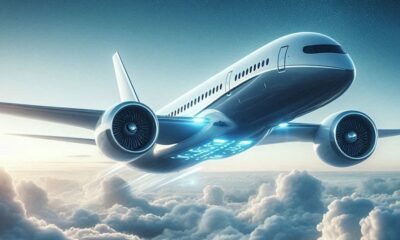
 Aviation1 week ago
Aviation1 week agoBoeing confirms 797: A New Era for Mid-Size Aircraft
-

 Airlines2 months ago
Airlines2 months agoAir India Rolls Out A350s for Delhi-New York JFK and Newark Routes
-

 Travel2 months ago
Travel2 months agoWhy We Should Avoid These Stamps in a Passport
-
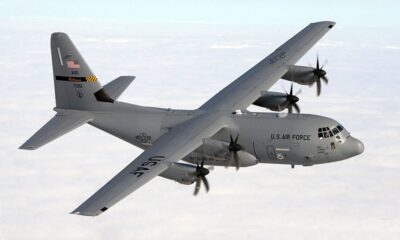
 Aviation1 week ago
Aviation1 week agoLockheed and Tata Team Up to Build C-130J MRO Facility in India
-
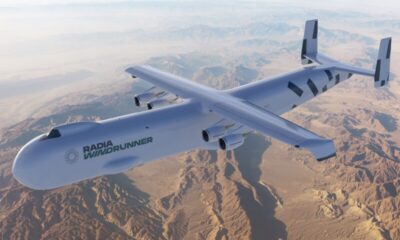
 Aviation1 month ago
Aviation1 month agoMeet WindRunner: The World’s Heaviest and Largest Aircraft Ever Built
-

 Airport2 months ago
Airport2 months agoTop 10 Largest Airports in the World by Size

